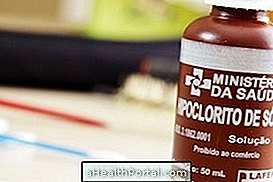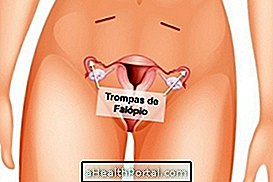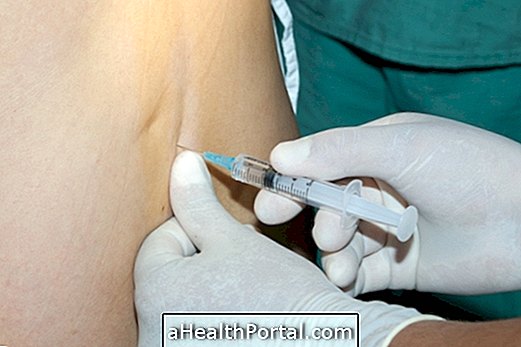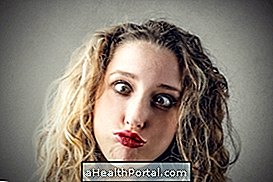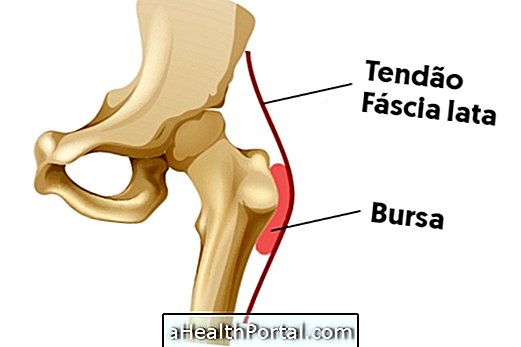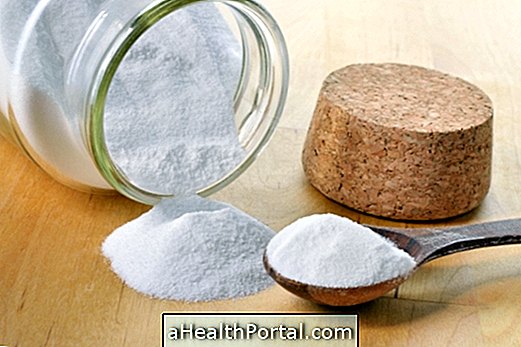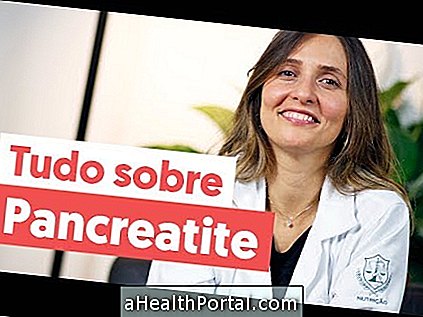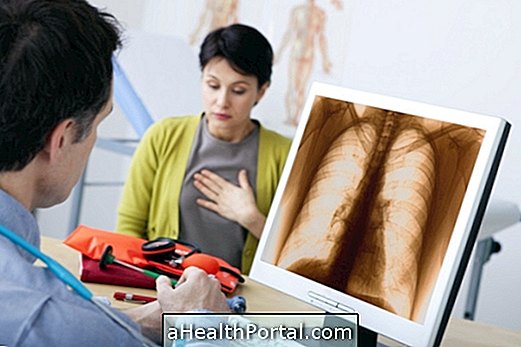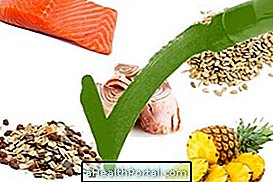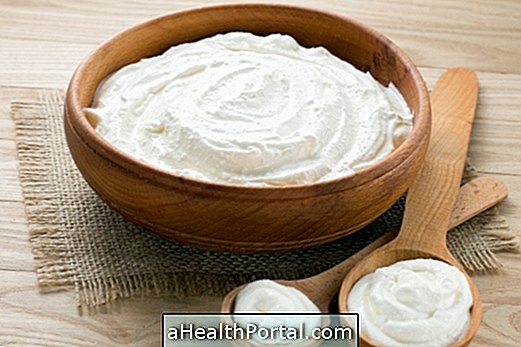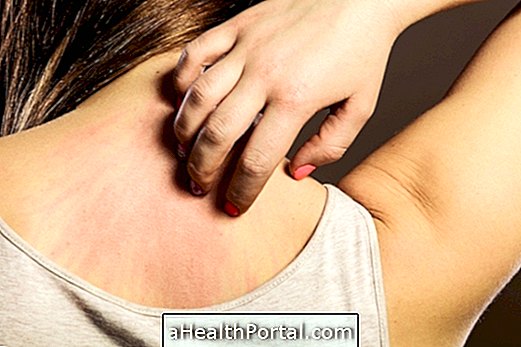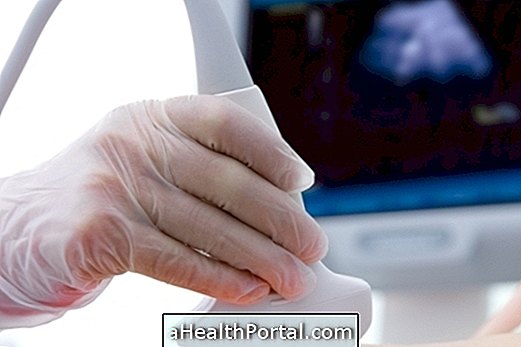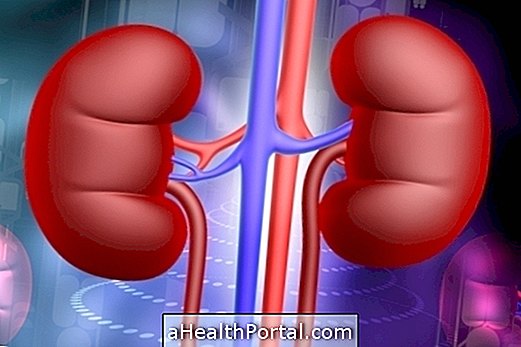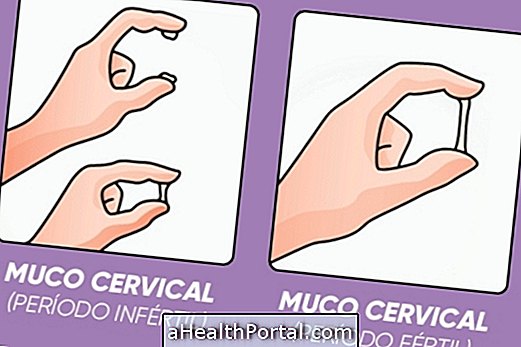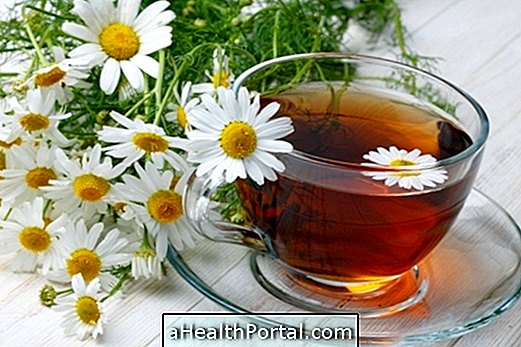The treatment of varicose veins can be done with various techniques with laser, foam, glucose or in the most serious cases, surgery, which are recommended according to the characteristics of varize. In addition, the treatment includes some care, such as avoiding sitting or standing too long because this improves blood circulation in the body, reducing varicose veins and their symptoms.
In the case of red capillaries, the treatment involves sclerotherapy, a technique done in an office where the doctor uses the use of needles and chemicals to stop the flow of blood in the vessels.
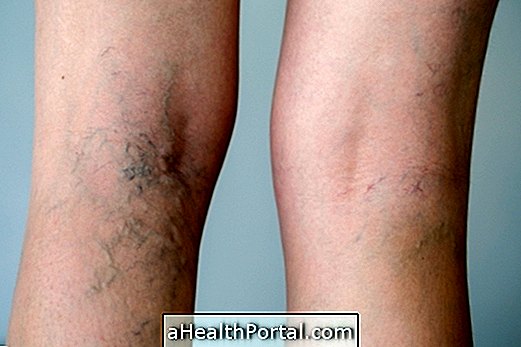
The main ways of treating varicose veins are:
1. Laser treatment
Laser treatment for varicose veins, also called laser sclerotherapy, is very effective in treating small, medium vessels that appear on the nose, cheeks, trunk, and legs. Laser treatment does not cause much pain compared to other treatments, it is not an invasive procedure and guarantees good results, however, it may require a complementary treatment to increase the effectiveness of the treatment. After the laser, it is important to avoid sun exposure and to use sunscreen to prevent the treated area from getting tarnished. Understand how laser sclerotherapy is done.
2. Foaming treatment
The treatment of varicose veins with foam, known as foam sclerotherapy, is effective in small-caliber varicose veins and is best suited for vines and micro varicose veins. The foam is a mixture of carbon dioxide with a liquid, which together are applied directly to the varicose veins, closing the vein. Foam treatment is practically definitive and after the procedure it is recommended to use elastic compression stockings to improve circulation and decrease the chance of varicose reoccurrences. See how foam sclerotherapy is done.
3. Natural treatment
A good natural treatment for varicose veins is to take a tablet of Indian nuts because this medicinal plant improves blood circulation and is a good option to complement the treatment indicated by the doctor. You can buy Indian nuts in pharmacies, drugstores and natural food stores, but it should only be taken when directed by your doctor.
Another natural option for the treatment of varicose veins is the use of herbal medicines, such as Novarrutina and Antistax, as they have substances capable of relieving pain and swelling of the legs with varicose veins. In addition there are options of home remedies to treat varicose veins, such as grape juice and cabbage compress, for example. See 8 home remedies for varicose veins.
4. Surgery
Surgery for varicose veins is indicated for the most severe cases, where the varicose veins are very thick, with more than 1 finger, generating symptoms such as swelling in the legs, pain and itching, which can lead to complications. The recovery of varicose vein surgery depends on the amount and size of the veins that are removed. See how surgery for varicose veins is done.

How to ensure treatment results
However, it is important to follow some important recommendations for effective treatment, such as:
- Wear compression elastic stockings daily as they compress the blood vessels and should be placed on the legs upon waking up and withdrawn for bathing and sleeping. Elastic compression stockings can be found in pharmacies or in hospital supply stores, however, they should be used under medical supervision. Know what to do and when to wear compression stockings;
- Place a shim at the foot of the bed to improve blood circulation in the leg;
- Remedies for varicose veins because they decrease fluid retention and improve venous return decreasing the chances of developing new varicose veins. These remedies should be prescribed and doctor-directed.
In addition, it is recommended to practice some type of physical activity, because this way the blood is pumped with more strength and the heart capacity also improves, reducing the incidence of varicose veins.
How to prevent varicose veins
To prevent varicose veins, it is recommended to have regular physical exercises and to be accompanied by a professional, to avoid being overweight, to sit and lie down with your legs up and to evaluate the possibility of not taking the contraceptive pill, for example.
In addition, it is recommended to avoid sitting too long or standing, standing for too long and avoid wearing high heels every day. Thus, it is possible to avoid the appearance of varicose veins or the return of old varicose veins.
